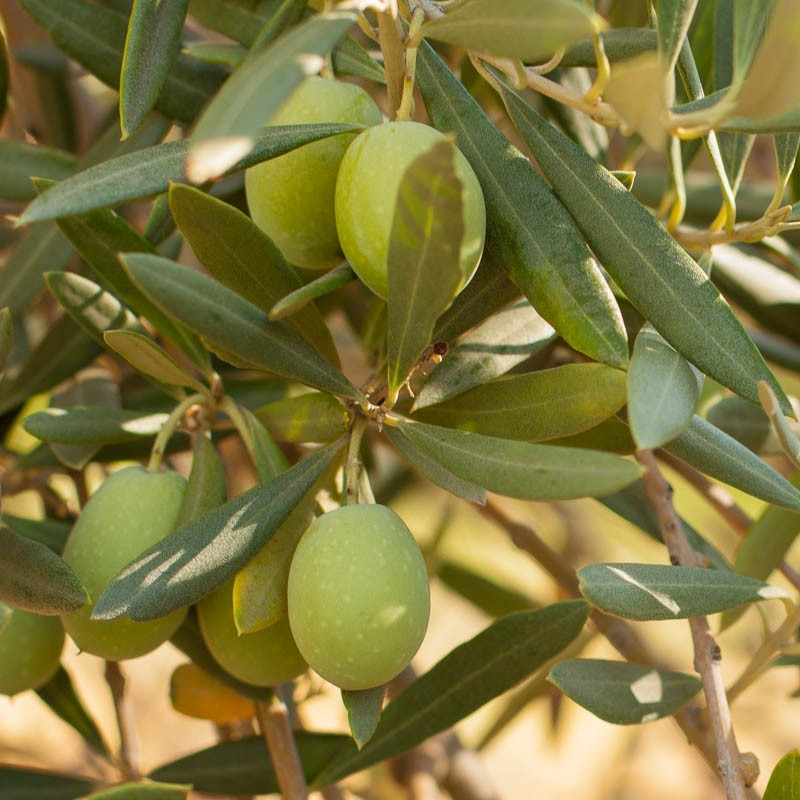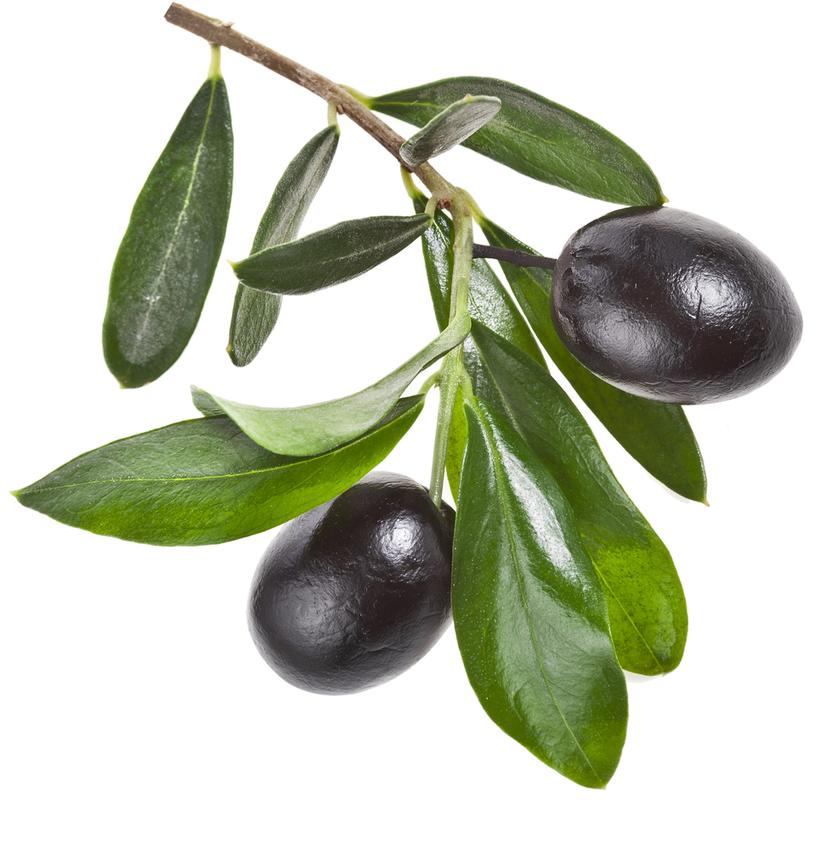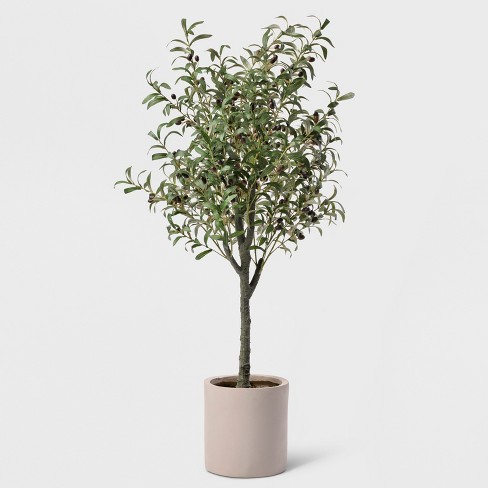Description
Mission Olive Trees are a good choice for home growing because these versatile olives can be harvested and pickled when green (less ripe) or black (fully ripe). Mission Olives can also be pressed into oil. Mission Olive Trees are self-pollinating, drought tolerant, and cold hardy down to 20-25 degrees F. The fruit is considered a freestone type, which means the seed easily releases from the pulp of the olive.
Mission Olive Trees are vigorous growers suited to coastal climates and warmer areas. They can be grown in the ground in USDA Zones 8 to 11, and in a container over-wintered indoors in Zones 4 to 11. The trees are upright with silver-grey leaves and thin, light tan bark. In-ground trees under ideal conditions can reach heights of 30 feet and widths of 18 feet, but can be kept smaller with pruning. Container grown olive trees make unique, rugged specimens and are often treasured for generations.



